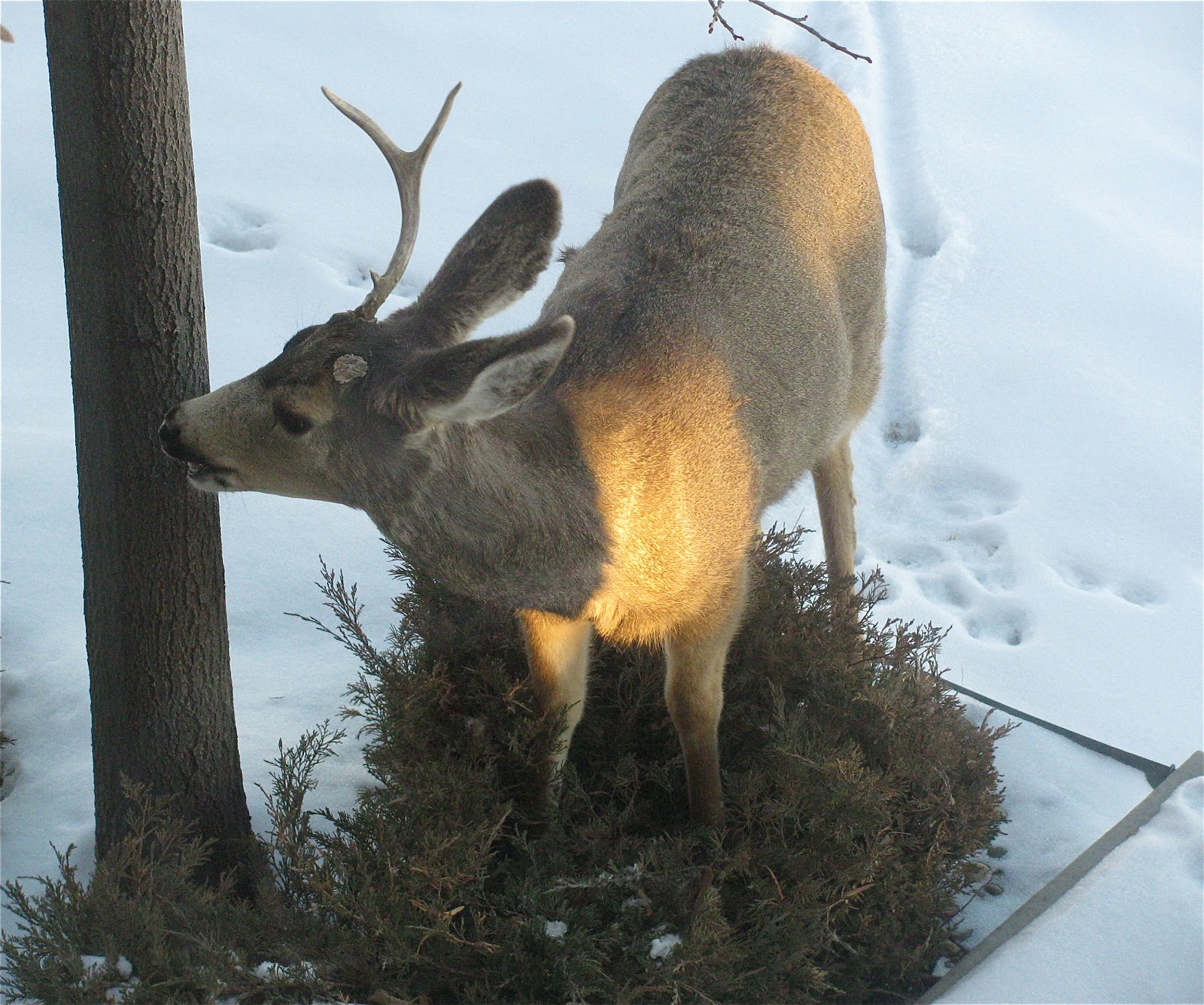Colorado has spectacular skies!
An ever-changing, constant show,
free for the taking.
Last Friday, I trudged out the door
to walk to my favorite
Parkway Bar and Grill
for Friday Night Date Night.
Reluctantly.
I just didn't want to walk the 3,696 feet
in the hope of burning off 56
of the 125 calories in that glass of merlot
Des would place in front of me
as I sat at the bar and waited for my date.
Sometimes,
when you are trying to rack up one more mile
on that long walk to St. Anthony, Newfoundland,
that fogbound, iceberg-skirted community
seems a million miles away,
and 3,696 feet closer
just doesn't motivate!
Three thousand six hundred ninety-six feet?
No problem!
A sunsetting sky with multifarious clouds.
Help!
How high is the tropopause?
I think I'll take that glass of merlot, Des!
No problem!
She was already poring it as I walked through the door!
Cheers!
An ever-changing, constant show,
free for the taking.
Altocumulus Floccus
Last Friday, I trudged out the door
to walk to my favorite
Parkway Bar and Grill
for Friday Night Date Night.
Reluctantly.
Altocumulus Floccus Merging into Altostratus Opacus
I just didn't want to walk the 3,696 feet
in the hope of burning off 56
of the 125 calories in that glass of merlot
Des would place in front of me
as I sat at the bar and waited for my date.
Altocumulus Floccus Merging into Altostratus Opacus
Sometimes,
when you are trying to rack up one more mile
on that long walk to St. Anthony, Newfoundland,
that fogbound, iceberg-skirted community
seems a million miles away,
and 3,696 feet closer
just doesn't motivate!
Altocumulus Floccus Merging into Altostratus Opacus
And then I looked to the west and up!
The ever-constant ineffable! ~
Altocumulus Floccus
~ To borrow a phrase from David Mitchell.
(Mitchell, David, Cloud Atlas, Vintage Canada Edition, Toronto, 2004, p. 373.)
You can have your Colorado mountains;
I'll take its skies!
Cirrus and Cirrocumulus (or your guess is as good as mine!)
Suddenly every whine and wine was forgotten.
As I snapped yet more dozens of Colorado skies.
East, west; it did not matter.
Altostratus Opacus with a Twist of Cumulus
Life was easy teaching third graders clouds,
a simple matter of cirrus, cumulus, stratus, and nimbus.
But Colorado skies are never easy;
and, at times, they defy classification!
For a guaranteed headache go to List of Cloud Types (Wikipedia)
Altostratus Opacus
What wouldn't I give now
for a never-changing map
of the ever-constant ineffable?
To possess, as it were, an atlas of clouds.
(Mitchell, David, Cloud Atlas, Vintage Canada Edition, Toronto, 2004, p. 373.)
Cirrus and Cirrocumulus with a Touch of Altocumulus Floccus
No problem!
A sunsetting sky with multifarious clouds.
Help!
How high is the tropopause?
I think I'll take that glass of merlot, Des!
No problem!
She was already poring it as I walked through the door!
Cheers!
Altocumulus Floccus Merging into Altostratus Opacus
Caveat!
I am not a meteorologist,
rather more of a third grader
making her best guess!
For a fabulous read, don't miss Cloud Atlas by David Mitchell!
For a fabulous read, don't miss Cloud Atlas by David Mitchell!
"The tropopause is the atmospheric boundary between the troposphere and the stratosphere.
Going upward from the surface, it is the point where air ceases to cool with height, and becomes almost completely dry."
Cloud formation ceases at the tropopause because above it the atmosphere stabilizes and
cloud-forming convection does not occur (Arasan).



























































